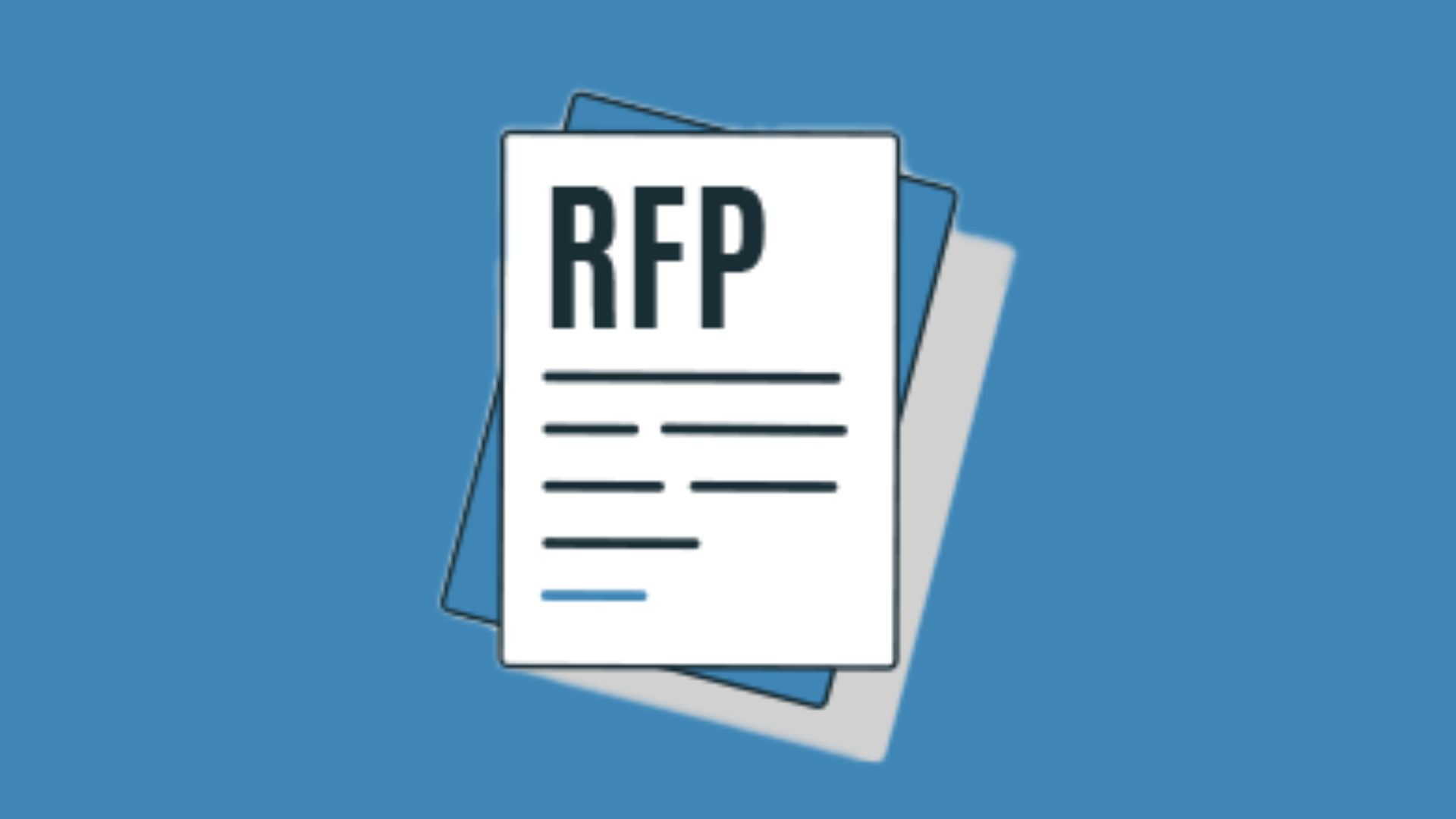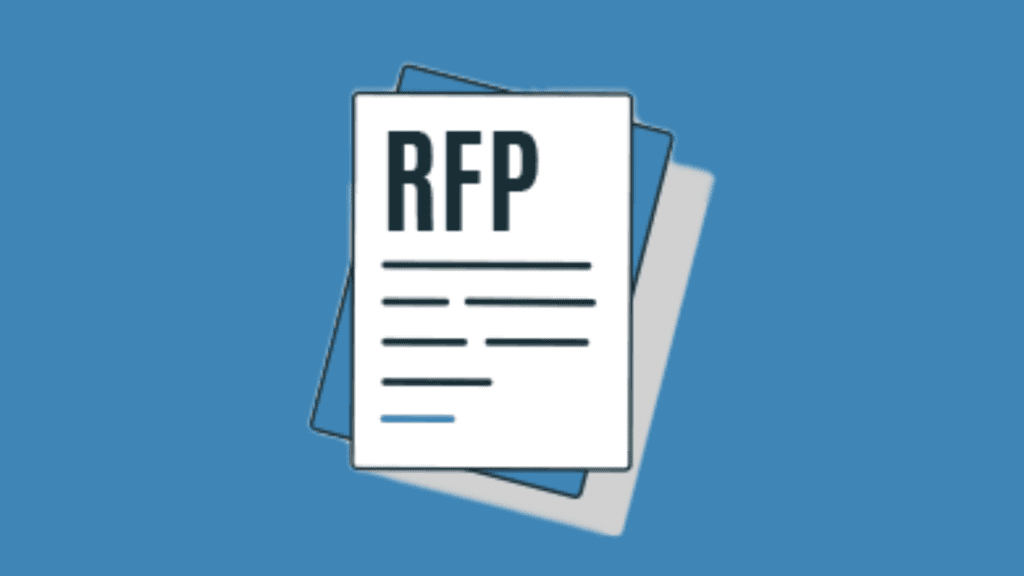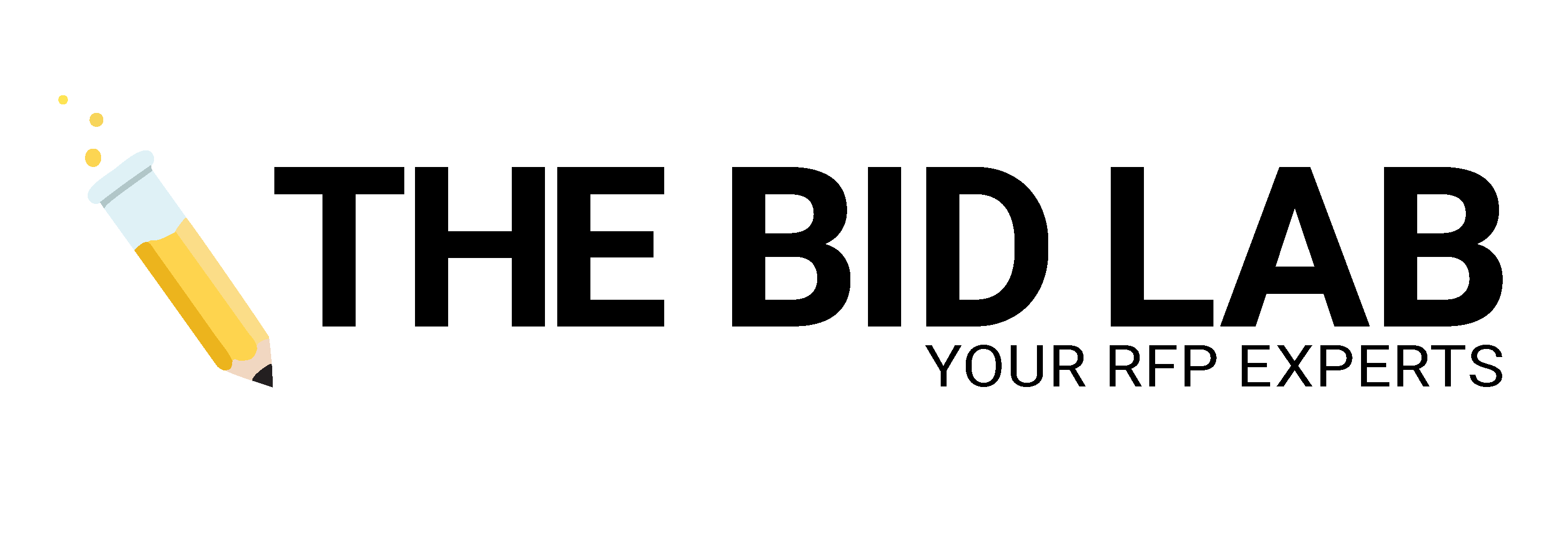RFP Proposal Response Template For Bids


Responding to RFPs can lead to a number of profitable opportunities for you and your business. They can open doors to new industries or provide you with additional work from your existing book of business. But if the process is so lucrative, why doesn’t everyone write RFP responses? On average, companies spend an incredible 30 hours responding to proposals. Because of this, many business owners end up reusing previous bids and changing very little information to meet the requirements of the new RFP. By doing this, their win rate is often less than 30%.
Every entity is different, and so are their RFPs. Unless you’ve worked with the specific issuing entity previously, it’s impossible to predict exactly what information their RFP is going to require from your company. For this reason, there’s no such thing as an RFP Response Template that can be utilized across the board to fulfill an RFP’s Scope of Work.
But, just because templates aren’t useful here doesn’t mean there aren’t ways to save time generating responses. In this article, we share a list of standard response requirement areas that your business can prepare ahead of time. Your team, Subject Matter Experts (SMEs) included, can then focus their resources on customizing information directly to the customer’s needs.
Ask Yourself “Why Us?”
This is a significant piece of marketing script that you’ll include in your RFP response. It answers the question: Why do customers choose you over your competitors?
Defining your competitive advantage can be difficult. We tell our clients to produce a list of their top five “Why Us” statements. This helps us understand our clients, and it also helps us build a bid that “fits” our clients. Companies that have a good sense of who they are and what they’re best at can also judge RFP opportunities.
With your five “Why Us” statements expertly crafted in hand, you can use them to guide your RFP proposal response template. They’ll save time rewriting some of the same statements in every proposal. Just make sure to tailor the information to speak to the client’s proposal. For instance, if the RFP is seeking a firm specializing in advertising services, include the statements detailing your excellence in PPC. Don’t forget your best-in-class SEO awards and your copywriting faculties. However, do not include paragraphs highlighting your experience running public relations campaigns.
RFP Proposal Response Template: Key Personnel Overview
Most RFPs will ask for more information about the key personnel who will be managing their project. This includes a description of their expertise, capabilities and credentials.
To prepare ahead of time, keep a running list of your key employees on record with all of their contact information included. In addition, ask each employee to contribute a paragraph about themselves that describes their background, work history and educational achievements. Some good information to include may be:
- Their title and responsibilities at your company.
- Degree received from a given college or university, including their major, if relevant.
- Any additional professional certifications held, and from what organization.
- Press mentions, speaking opportunities, book contributions, etc.
- City or state they grew up in and any places they lived that relate to their professional career(s).
- (Optional) A personal touch that speaks to your company’s culture (i.e., volunteer work, charitable organizations supported, a fun fact, pet name, etc.)
- A notable past work experience that relates to their career expertise.
This is an easy one-and-done task. And, when done as a whole, these overviews will follow the same flow and voice. This helps avoid instances where Sally writes three paragraphs about her work experience while Stewart only shares two sentences about his education. When saved properly, you’ll be able to grab each employee’s information and combine it into one document to quickly attach to your proposal.

RFP Proposal Response Template: Organizational Chart
Prepare ahead of time to submit a hierarchical chart explaining your management structure. This chart will further be edited to meet specific RFP requirements and show exactly who will be working on the project. To properly prepare, include employee information such as:
- Name
- Title
- Company contact details — including both work email and phone information
- Photo — a simple headshot or professional photo
- Their role as it directly relates to the project. This will likely vary and will need to be adjusted accordingly to meet the needs of the specific project.
We ask our clients to have a company organization chart on hand in an easily editable format. If the information is prepared ahead of time, the structure can be quickly adjusted to meet the requirements of the RFP.
Key References and Case Studies
Vendor references let procurement teams directly evaluate feedback regarding a project already completed by your team. They also allow them to hear an unfiltered version of your product or service delivery. Your reference may be asked questions regarding what went well, what they would do differently and what advice they would give prior to working with your company. Have a minimum of five references at your disposal to include with your response. In our experience, most RFPs will ask for three, but like the rest of your bid, you’ll want to include references to match your customer. Learn more about how to assemble your references by reading our References for RFPs: a How-to Guide.
You may have completed projects where references are not available. In this case, write a short case study explaining the scope of the project and its outcome. You’ll want to provide the procuring team with a complete overview of past projects that relate similarly to theirs. Use case studies to demonstrate how you created value for your prior clients and why that sets you apart from your competition. Or, if a project did not go smoothly, how do you constructively resolve the situation?
“Response Database” — Standard Questions
After submitting your first bid, keep each document within a file where you can easily “Ctrl + F” information. This will serve as your future content portfolio to simplify your RFP responses. After all, RFPs that are similar in scope will ask similar questions you may have already answered. For instance:
- What’s your due diligence process?
- What differentiates your company from your competition?
- Describe your company’s philosophy and approach to helping clients meet their business objectives.
So, you’ll want to save any certifications or licenses by name and date so you can easily search and grab them quickly. The more organized you can be when filing information properly, the less time it will take to find already prepared documents.
Finally, the goal of creating these files in advance is to save you and your team the time and frustration of recreating work. You’ll find that your total response workload will decrease over time, and the number of RFPs you respond to will increase. And the ones you more thoughtfully respond to? Well, those will unquestionably lead to an increased win rate! While no RFP proposal response template will work across the board for all responses, utilize these suggestions so your team can focus their strategy around the customer’s questions. Most importantly, they won’t have to rely on last-minute answers.
Need Help Decreasing Your Response Time?
If your team needs help decreasing your response time to increase the number of RFPs you respond to, The Bid Lab can help. Check out our case studies to learn how we help our clients respond and win more bids. Time is money, so let our experts do what they do best so you can focus more on what your business does best. Call us today to schedule a free consultation.
Check out these related articles in our Learning Center:
